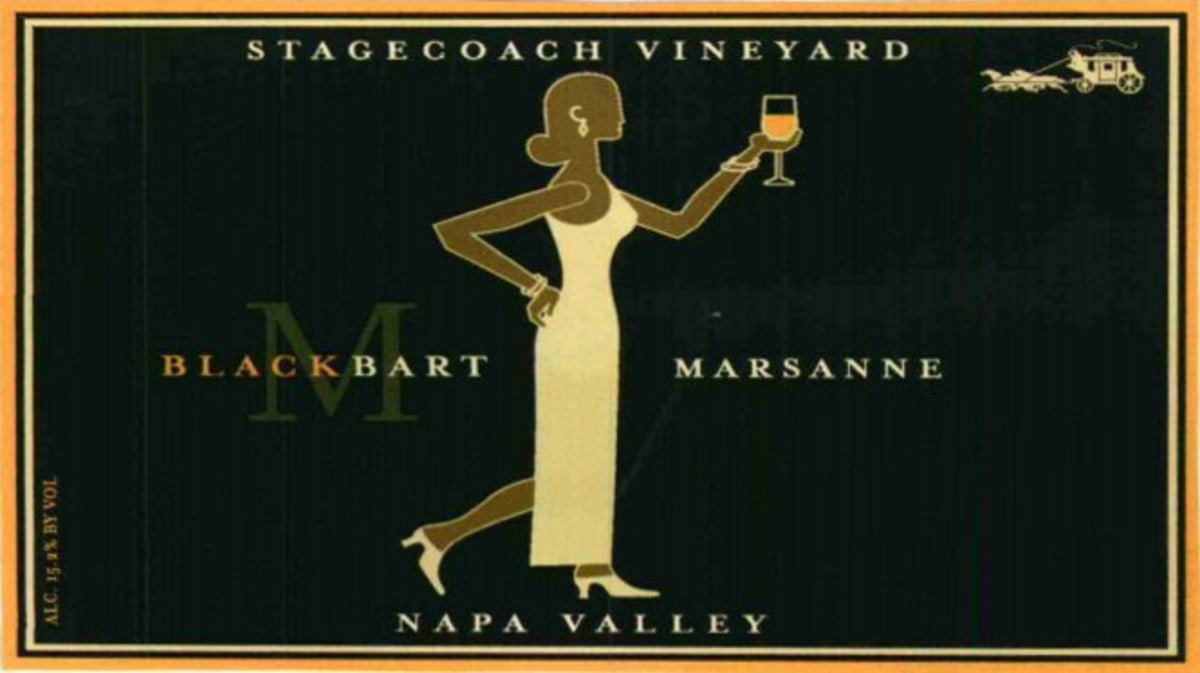Krupp Brothers Estates Black Bart Stagecoach Vineyard Marsanne 2007


Product Details
Your Rating
Somm Note
Winemaker Notes

One of the star whites of the Rhône Valley and ubiquitous throughout southern France, historically vignerons have favored Marsanne for its hardy and productive vines. It can make a fruity and delicious single varietal wine as well as a serious, full-bodied version with amazing aging potential. The best examples of Marsanne come from the northern Rhone appellations where it is also blended with Roussanne. Sommelier Secret—Some of the oldest Marsanne vines in the entire world exist not in France but in Australia, in the Victoria region. Settlers planted it in the mid to late 1800s, calling it “white Hermitage.”

One of the world's most highly regarded regions for wine production as well as tourism, the Napa Valley was responsible for bringing worldwide recognition to California winemaking. In the 1960s, a few key wine families settled the area and hedged their bets on the valley's world-class winemaking potential—and they were right.
The Napa wine industry really took off in the 1980s, when producers scooped up vineyard lands and planted vines throughout the county. A number of wineries emerged, and today Napa is home to hundreds of producers ranging from boutique to corporate. Cabernet Sauvignon is definitely the grape of choice here, with many winemakers also focusing on Bordeaux blends. White wines from Napa Valley are usually Chardonnay and Sauvignon Blanc.
Within the Napa Valley lie many smaller sub-AVAs that claim specific wine characteristics based on situation, slope and soil. Farthest south and coolest from the influence of the San Pablo Bay is Carneros, followed by Coombsville to its northeast and then Yountville, Oakville and Rutherford. Above those are the warm St. Helena and the valley's newest and hottest AVA, Calistoga. These areas follow the valley floor and are known generally for creating rich, dense, complex and smooth red wines with good aging potential. The mountain sub appellations, nestled on the slopes overlooking the valley AVAs, include Stags Leap District, Atlas Peak, Chiles Valley (farther east), Howell Mountain, Mt. Veeder, Spring Mountain District and Diamond Mountain District. Napa Valley wines from the mountain regions are often more structured and firm, benefiting from a lot of time in the bottle to evolve and soften.
